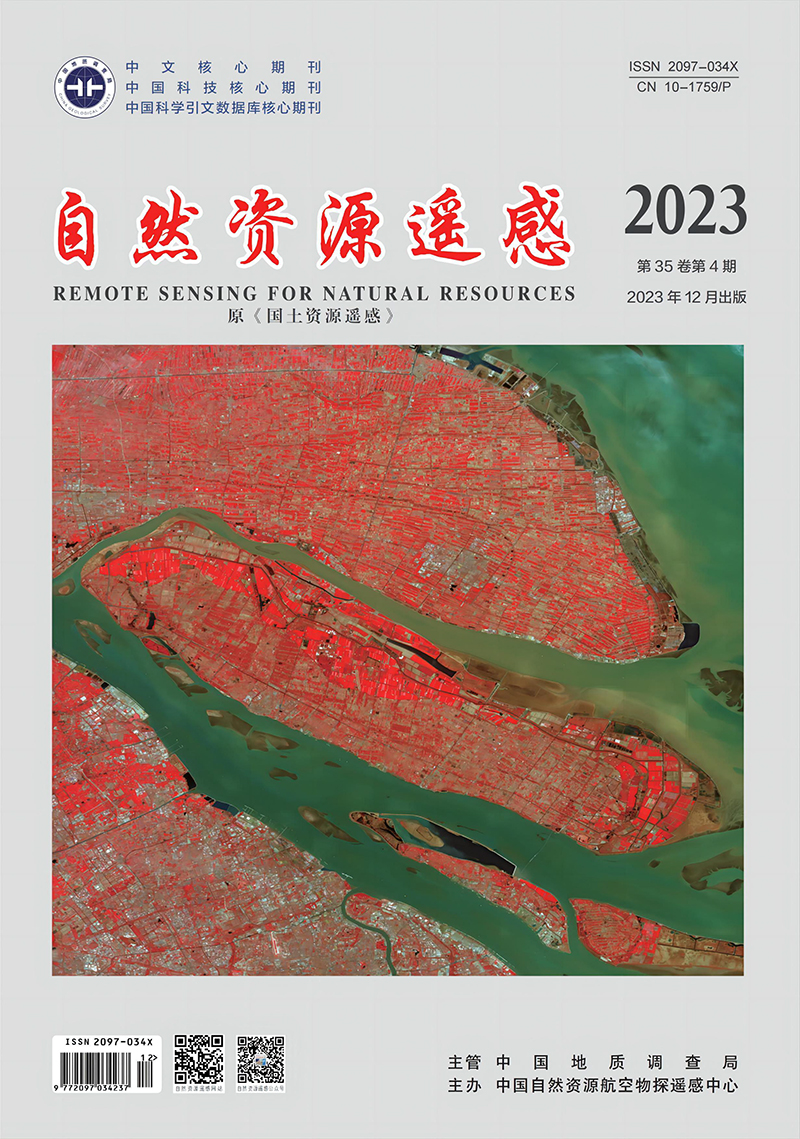ZHONG Xiaoyong, LI Hongyi, GUO Dongyan, XIE Modian, ZHAO Wanru, HU Bifeng. 2023. Spatial distribution prediction of soil pH in arable land of Jiangxi Province based on multi-source environmental variables and the random forest model. Remote Sensing for Natural Resources, 35(4): 178-185. doi: 10.6046/zrzyyg.2022294
| Citation: |
ZHONG Xiaoyong, LI Hongyi, GUO Dongyan, XIE Modian, ZHAO Wanru, HU Bifeng. 2023. Spatial distribution prediction of soil pH in arable land of Jiangxi Province based on multi-source environmental variables and the random forest model. Remote Sensing for Natural Resources, 35(4): 178-185. doi: 10.6046/zrzyyg.2022294
|
Spatial distribution prediction of soil pH in arable land of Jiangxi Province based on multi-source environmental variables and the random forest model
-
ZHONG Xiaoyong1,2,
-
LI Hongyi 3,4,
-
GUO Dongyan2,
-
XIE Modian3,4,
-
ZHAO Wanru3,4,
-
HU Bifeng3,4,
-
1. School of Finance and Public Administration, Jiangxi University of Finance and Economics, Nanchang 330013, China
-
;2. Chinese Academy of Natural Resources Economics, Beijing 101149, China
-
;3. School of Tourism and Urban Management, Jiangxi University of Finance and Economics, Nanchang 330013, China
-
;4. Key Laboratory of Data Science in Finance and Economics, Jiangxi University of Finance and Economics, Nanchang 330013, China
More Information
-
Corresponding author:
HU Bifeng
-
Abstract
This study aims to compare the accuracy of random forest(RF) and ordinary kriging(OK) model for predicting spatial distribution of soil pH in arable land of Jiangxi Province using different covariates combination, and assess the feasibility and potential of RF method for improving the prediction accuracy of soil pH value. The RF algorithm is used to predict the pH value of cultivated soil in Jiangxi Province based on environmental covariate such as climate, topography and vegetation, combined with soil properties and cultivated land use conditions, identify the main influencing factors. The results produced by the RF was compared with the classical OK interpolation model. Our results showed that the accuracy of RF-A model with soil properties and cultivated land use conditions as environmental variables is better than that of RF-B model which only including terrain, climate and vegetation attributes as environmental variables. Climatic condition is the dominate factor which control the spatial variation of soil pH. the topographic factors and anthropogenic factors also have essential effect on spatial variability of soil pH. Thus, this study proved RF method has theoretical and practical significance for improving the accuracy of soil pH prediction at large-scale.
-

-
-
Access History







 DownLoad:
DownLoad: